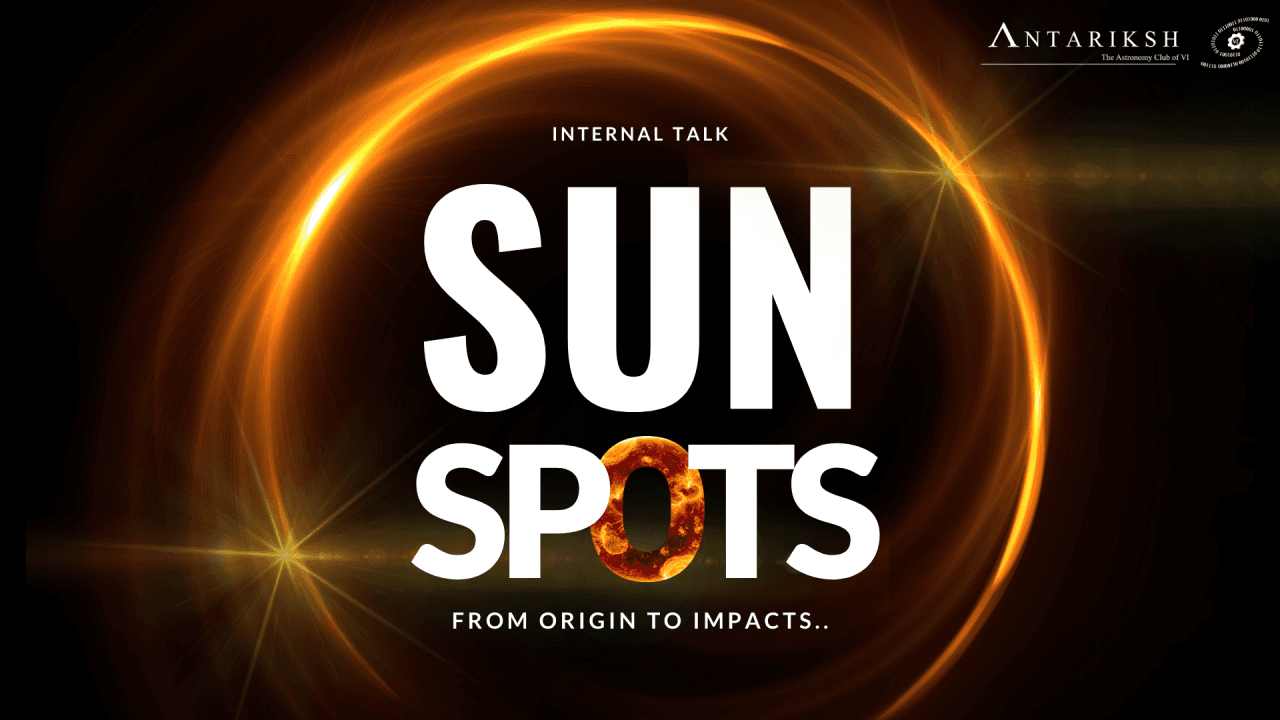
Integral Field Spectroscopy
Integral Field Spectroscopy (IFS) is an innovative observational technique in astronomy that simultaneously captures spatial and spectral information across a two-dimensional field of view, creating comprehensive three-dimensional data cubes. This method significantly enhances our understanding of celestial objects, enabling the detailed mapping of physical, chemical, and kinematic properties of galaxies, nebulae, and star-forming regions. The article explores the principles of IFS, its applications in studying ionized gas, and its role in detecting faint emission line sources. By drawing upon recent studies, particularly those related to advanced surveys like the MUSE project, we highlight IFS's contributions to extragalactic astronomy and its potential to uncover the intricacies of galaxy formation, evolution, and the dynamics of dark matter.
| Published on 23 Sep 2024

The White Dwarf Stars
This article explores the evolution and formation of white dwarf stars, tracing their development from star formation in nebulas to their final stages of life. White dwarfs are remnants of medium-sized stars that have exhausted their nuclear fuel, like our Sun. The article details the processes leading to their creation, their unique properties such as extreme heat and low luminosity, and their cooling process over billions of years. Additionally, it discusses the significance of white dwarfs in understanding stellar evolution and the future of similar stars, highlighting the role they play in the dynamics of the universe.
| Published on 09 Sep 2024

The Sunspots: From Origin to Impacts.
This internal talk delved into sunspots, which are dark patches on the Sun's photosphere formed due to intricate magnetic fields and temperature decreases. It covered their formation process, the Sun's structure, and historical observations from early astronomers like Galileo to contemporary findings. The discussion included the butterfly diagram, illustrating the 11-year solar cycle and the correlation between sunspots and solar activity. Additionally, it addressed phenomena such as coronal mass ejections (CMEs) and solar flares, which can create geomagnetic storms and breathtaking auroras on Earth. Overall, grasping sunspots is vital for comprehending solar dynamics and their effects on our planet.
| Published on 04 Sep 2024

Brief History of Light and Introduction to the Theory of Relativity
| Published on 30 Aug 2024

National Space Day'24 Celebration
On August 23, 2024, Antariksh Club celebrated National Space Day at Vishwakarma Vidyalaya, engaging 120 students. The event focused on India's space journey, featuring presentations on ISRO's history, key missions like Chandrayaan and Mangalyaan, and contributions from pioneers like Aryabhatta and Dr. A.P.J. Abdul Kalam. Highlights included a rover demonstration, interactive trivia, and discussions on future space missions like Gaganyaan and Aditya-L1. The event inspired students to explore careers in space science and honored ISRO's contributions to India's space endeavors.
| Published on 22 Aug 2024

The Crab Pulsar
The Antariksh Astronomy Club held an insightful talk on the Crab Pulsar, emphasizing its significance in neutron star studies. The presentation began with the life cycle of stars, explaining that massive stars end as white dwarfs, neutron stars, or black holes. It detailed neutron star formation, the discovery of pulsars by Jocelyn Bell in 1967, and the characteristics of the Crab Pulsar, which rotates 30.2 times per second within the Crab Nebula. Recent advancements include observations from ISRO's XPoSat mission, further enriching our understanding of neutron stars and their associated phenomena.
| Published on 22 Aug 2024